
Geoengineer Polar Glaciers to Slow Sea-Level Rise
Stalling the fastest flows of ice into the oceans would buy us a few centuries to deal with climate change and protect coasts, argue John C. Moore and colleagues.
Recommendation
As it is becoming increasingly unlikely that drastic emissions reductions will avert accelerated climate change, humans will have to look for ways to ease the impacts of a warming planet. Chief among them are rising sea levels, which will threaten the livelihoods of millions of coastal dwellers around the world. In the journal Nature, a group of scientists outline how three proposed engineering projects in Greenland and Antarctica could stave off glacial melting.
Summary
About the Authors
John C. Moore is chief scientist at the College of Global Change and Earth System Science, Beijing Normal University, China; and professor of climate change at the Arctic Centre, University of Lapland, Rovaniemi, Finland. Rupert Gladstone is a geoscientist at the Arctic Centre, University of Lapland. Thomas Zwinger is an application scientist at the CSC-IT Center for Science, Espoo, Finland. Michael Wolovick is a glaciologist at Princeton University, Princeton, New Jersey, USA.








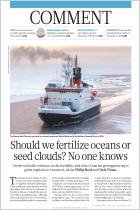
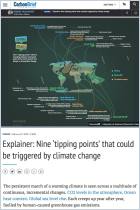
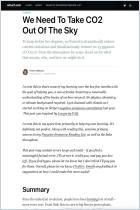
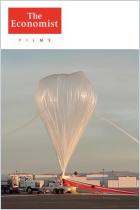
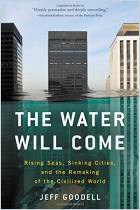
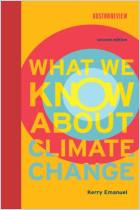
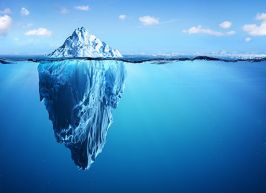
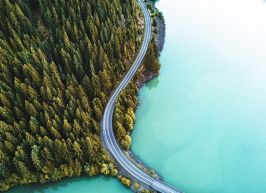
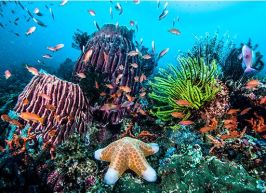


Comment on this summary